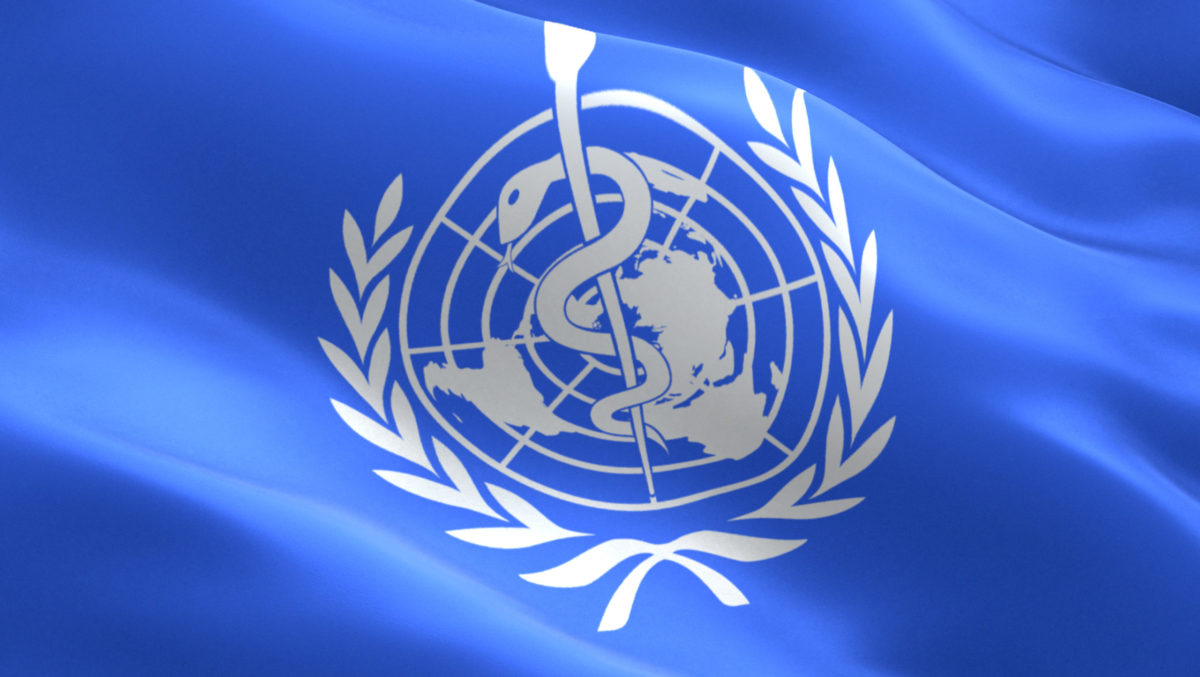By John Tingle
The second World Health Organization (WHO) World Patient Safety Day was held on September 17th, 2020.
WHO made a call for global support, commitment, and collective action by all countries and international partners to improve patient safety. The theme for the year is “health worker safety: a priority for patient safety.”
The annual WHO World Patient Safety Day campaign is a welcome one, especially in the context of the COVID-19 pandemic.
Health worker safety charter
To mark the day, WHO released a health worker safety charter.
The WHO Charter calls for actions to better protect health workers:
“These include steps to protect health workers from violence; to improve their mental health; to protect them from physical and biological hazards; to advance national programmes for health worker safety, and to connect health worker safety policies to existing patient safety policies.”
The COVID-19 pandemic has shown the world how important health care worker safety is, and how vulnerable they are to infection. WHO states:
“Although not representative, data from many countries across WHO regions indicate that COVID-19 infections among health workers are far greater than those in the general population.”
A seemingly intractable global problem
World Patient Safety Day offers a welcome focus on a global, seemingly intractable problem: that of keeping patients safe while they receive treatment and care.
Several countries showcased their efforts in the media, and pictures have appeared of national monuments being lit up in orange to mark the day. WHO states that the orange color symbolizes the central role patient safety plays in countries’ efforts to achieve universal health coverage (UHC). In the U.K., the media highlighted examples of patient safety projects undertaken by the NHS (National Health Service) to showcase its commitment to the cause.
Despite successes, challenges remain
All the national and global media output on September 17th was generally reassuring and positive on the actions being taken to address the patient safety problem.
However, in England, on the same day, Sophie Borland reported in the Daily Mail that mistakes made on maternity wards are costing the NHS almost £1 billion in lawsuits each year. Borland quotes Jeremy Hunt, the former Secretary of State for Health and Social Care: “Mr. Hunt says: ‘We have appallingly high levels of avoidable harm and death in our healthcare system. In healthcare we seem to just accept it as inevitable.”
Borland adds, “Jeremy Hunt has revealed that almost twice as much is spent on lawsuits following poor care of mothers and babies as on the combined pay of all the labour doctors in England’s hospitals. The expenditure was part of the health service’s astonishing £2.4 billion bill for legal fees and compensation in 2018/19.”
Maintaining perspective
Hunt’s comments, published on the same day as World Patient Safety Day, prompt some deep reflection on the patient safety issue. We must not forget about the problems in our own backyard, get lulled into a false sense of security, or become dazzled by demonstrations of what could be regarded as patient safety pockets of excellence.
There is cause to celebrate the good things that the NHS is doing in patient safety on a global platform at events like World Patient Safety Day, but there is also another reality to consider, as well. We should not forget that all is not well at home, and that some systems are failing, causing avoidable patient injury, and, in some cases, death. Domestically in England, we have major patient crises on an all too frequent basis. We must be careful not to let one reality eclipse the other, and must strive to maintain a balanced perspective on this issue.
